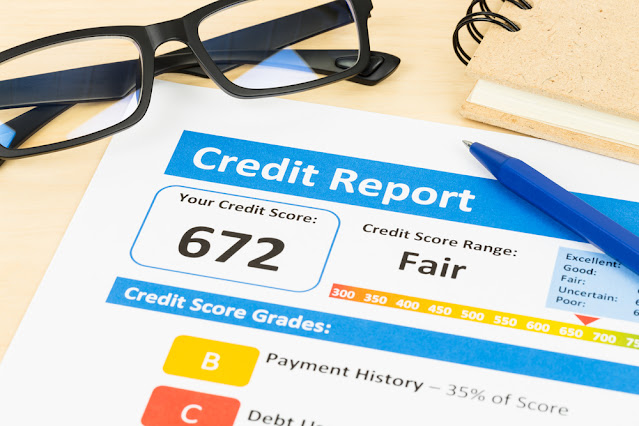Best Places to Put Your Savings

Savings Accounts
Banks and credit unions (a cooperative financial institution that is created, owned, and managed by its members – often employees at a particular company or members of a trade or work association) offer savings accounts. The money in a savings account is insured by the Federal Deposit Insurance Corporation (FDIC) up to certain limits.1 Restrictions may apply to savings accounts; for example, a service fee may be charged if more than the permitted number of monthly transactions occurs.
Money in a savings account typically cannot be withdrawn through check-writing and occasionally, not at an ATM. Interest rates for savings accounts are characteristically low; however, online banking does provide slightly higher-yielding savings accounts.
Read More: Effective Ways To Start Saving Money
High-Yield Savings Accounts
High-yield savings accounts are a type of savings account, complete with FDIC protection, which earn a higher interest rate than a standard savings account. The reason that it earns more money is that it usually requires a larger initial deposit, and access to the account is limited.2 Many banks offer this type of account to valued customers who already have other accounts with the bank. Online high-yield bank accounts are available, but you will need to set up transfers from another bank to deposit or withdraw funds from the online bank. It's worth learning how to find and open these accounts. And make sure to shop around for the best high-yield savings account rates to ensure you're maximizing your savings.
Certificates of Deposit (CDs)
Certificates of Deposit (CDs) are available through most banks and credit unions. Like savings accounts, CDs are FDIC-insured, but they generally offer a higher interest rate, especially with larger and longer deposits.3 The catch with a CD is that you will have to keep the money in the CD for a specified amount of time; otherwise, a penalty, such as losing three months’ interest, will be assessed.4
Popular CD maturity periods are 6-month, 1-year, and 5-year. Any earned interest can be added to the CD if and when the CD matures and is renewed4. A CD ladder allows you to stagger your investments and take advantage of higher interest rates. As with savings accounts, shop around for the best rates on CDs.
Money Market Funds
A money market mutual fund is a type of mutual fund that invests only in low-risk securities. As a result, money market funds are considered one of the lowest risk types of funds. Money market funds typically provide a return similar to short-term interest rates.5 Money market funds are not FDIC-insured and are regulated by the Securities and Exchange Commission’s (SEC) Investment Company Act of 1940.63
Mutual funds, brokerage firms, and many banks offer money market funds. Interest rates are not guaranteed, so a bit of research can help find a money market fund that has a history of good performance.
Money Market Deposit Accounts
Money market deposit accounts are offered by banks and typically require a minimum initial deposit and balance, with a limited number of monthly transactions. Unlike money market funds, money market deposit accounts are FDIC-insured.3 Penalties may be assessed if the required minimum balance is not maintained, or if the maximum number of monthly transactions is surpassed. The accounts typically offer lower interest rates than certificates of deposit, but the cash is more accessible.7


Comments
Post a Comment